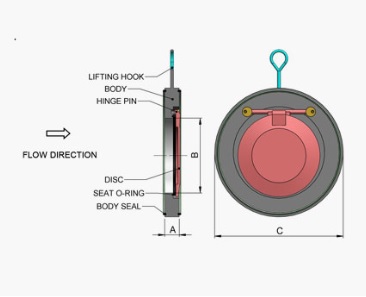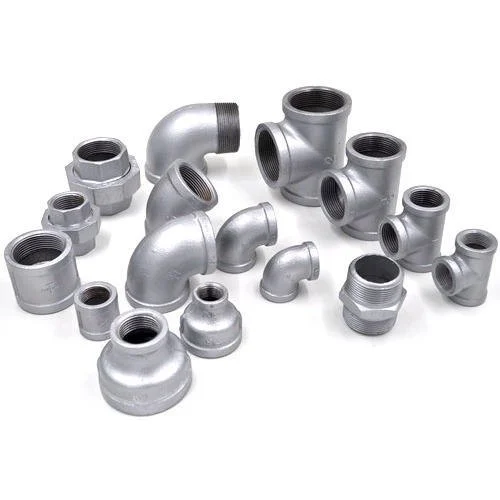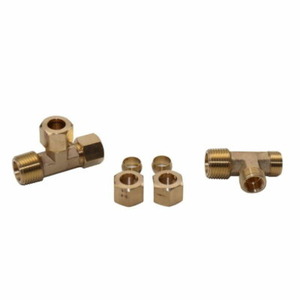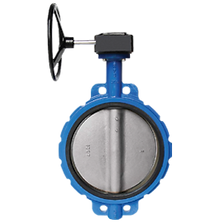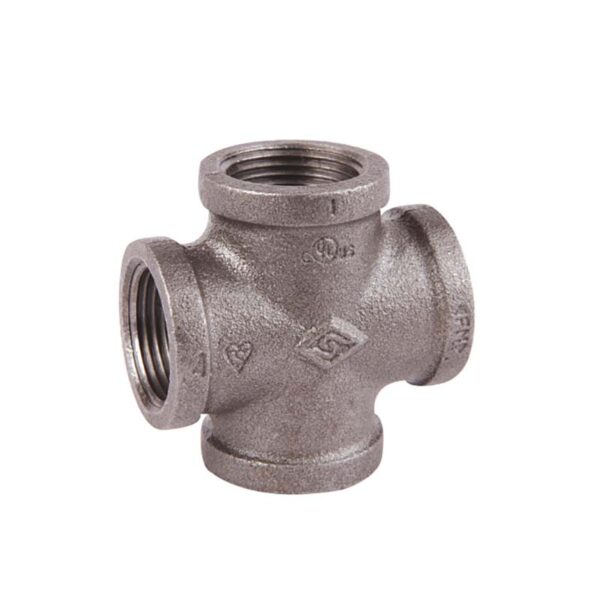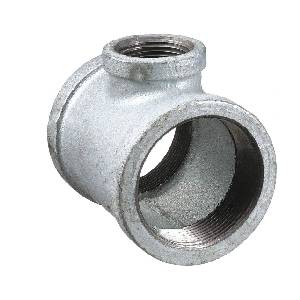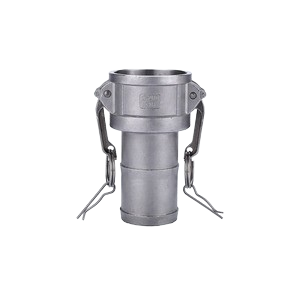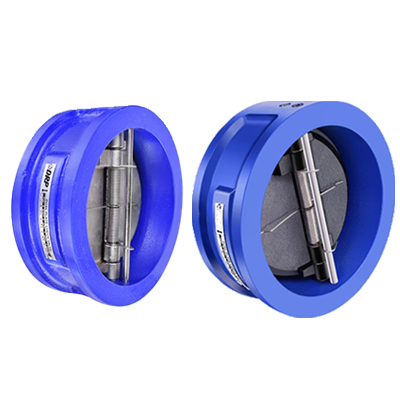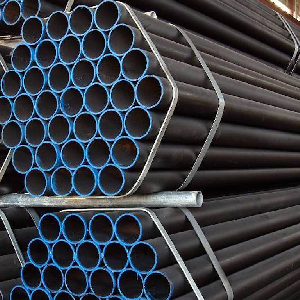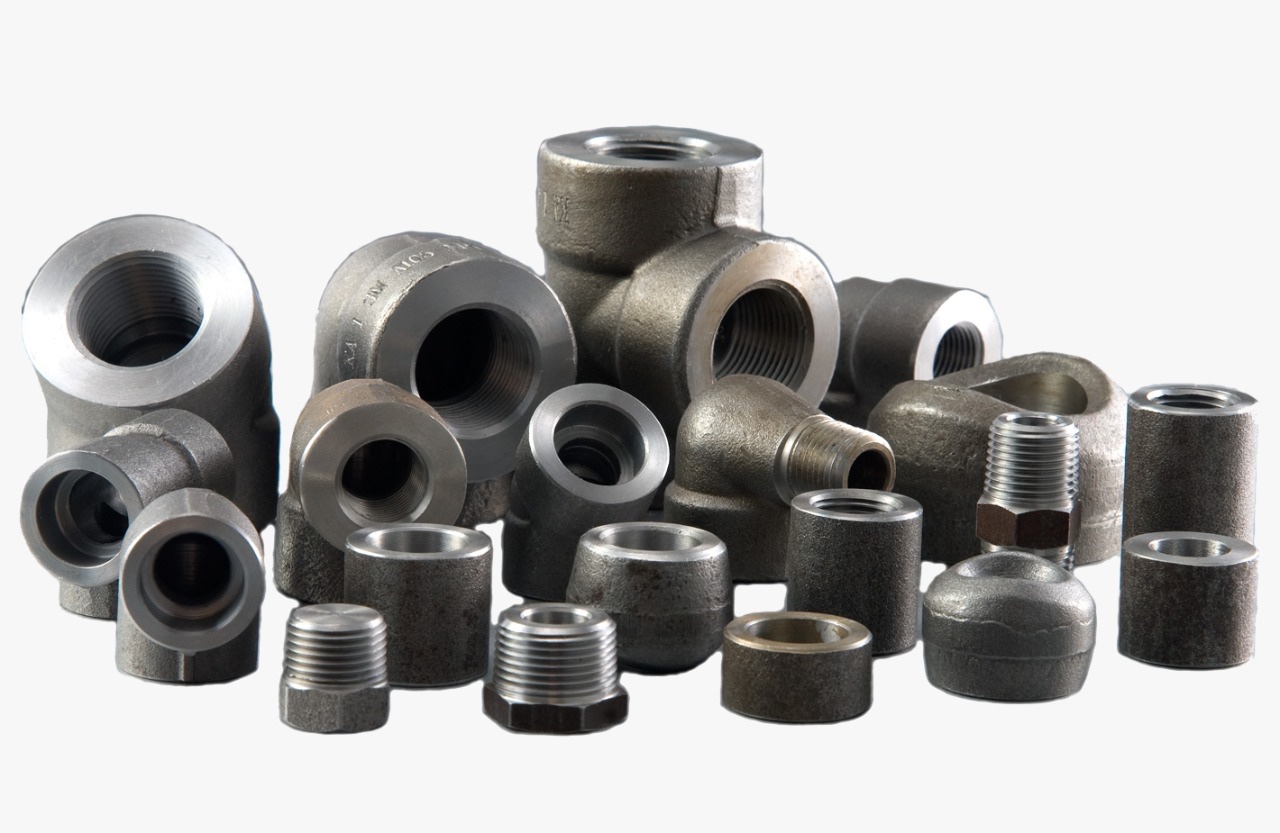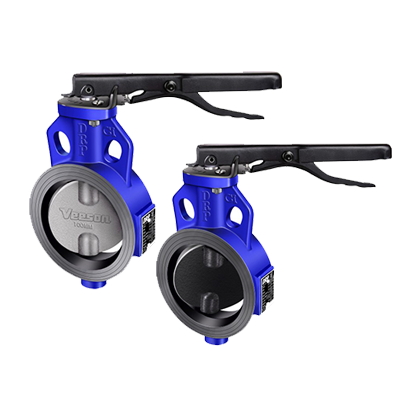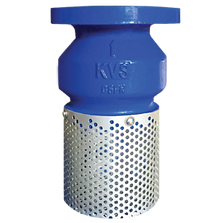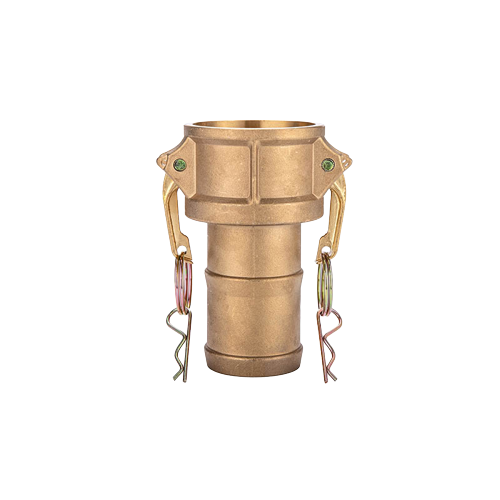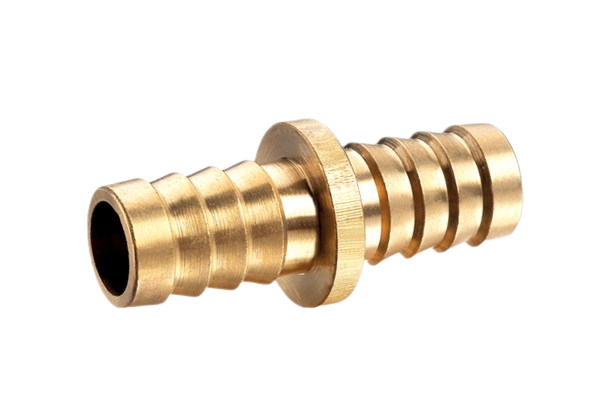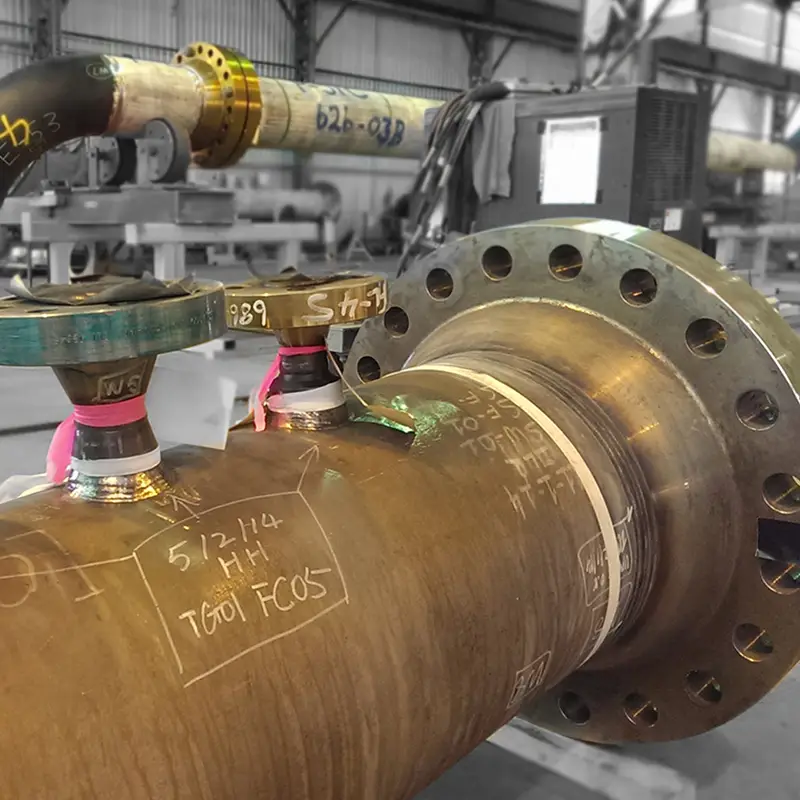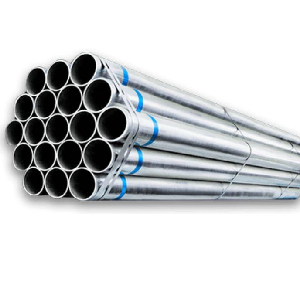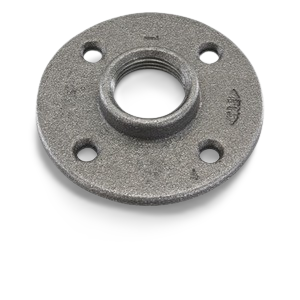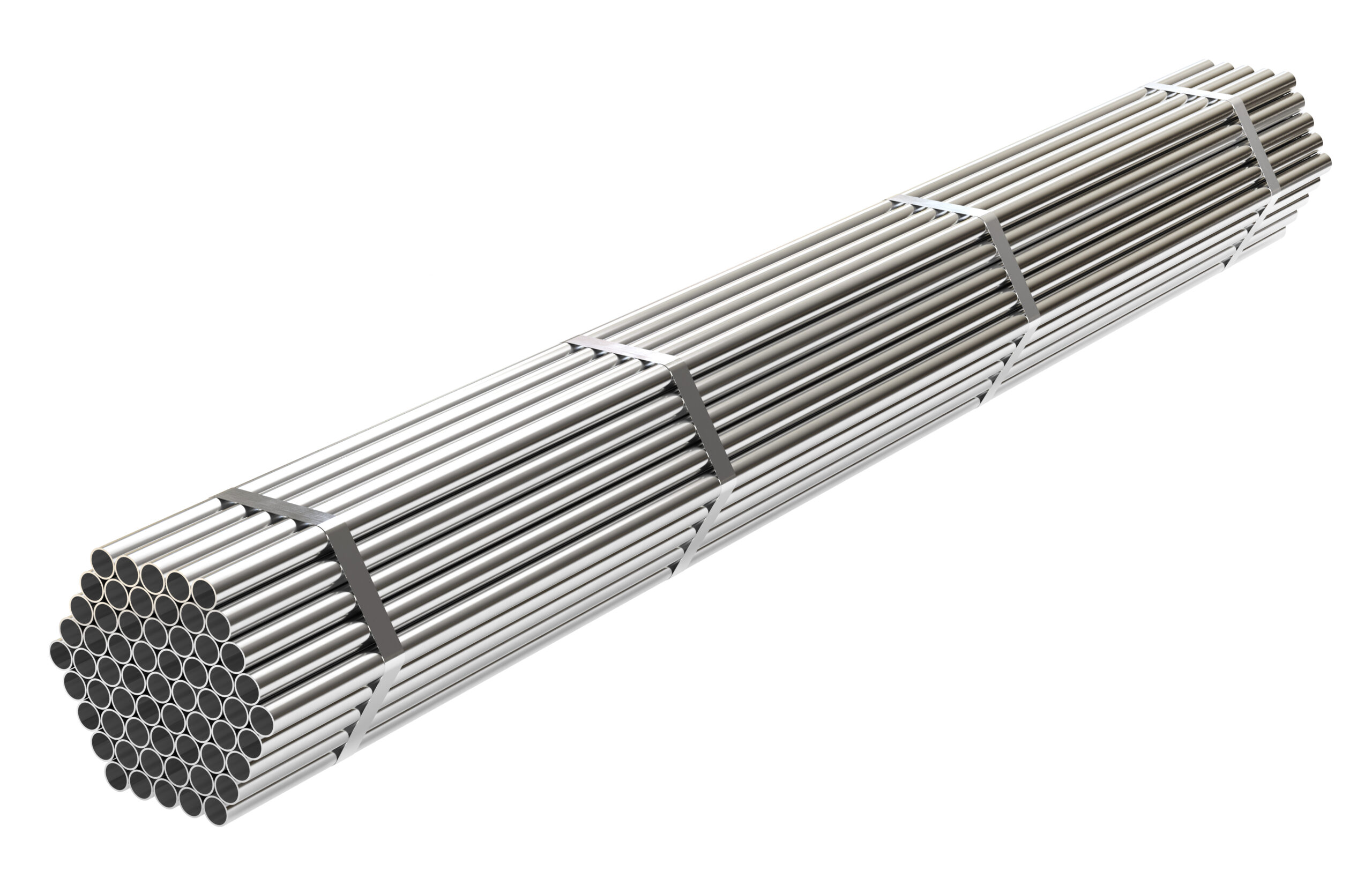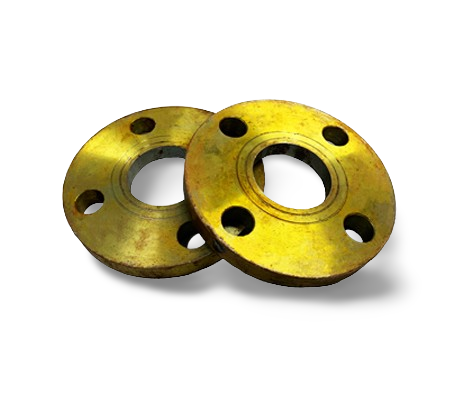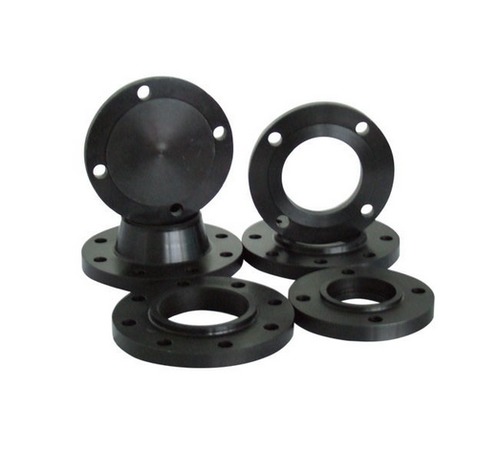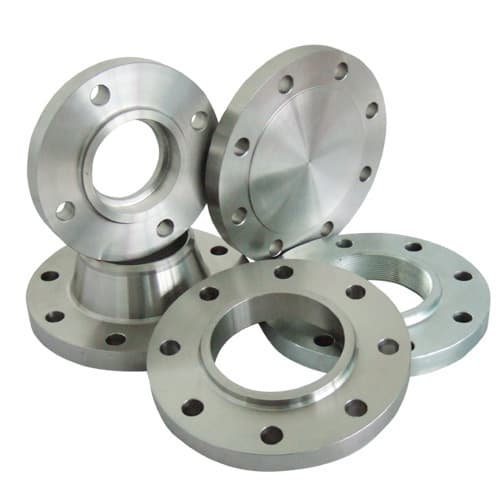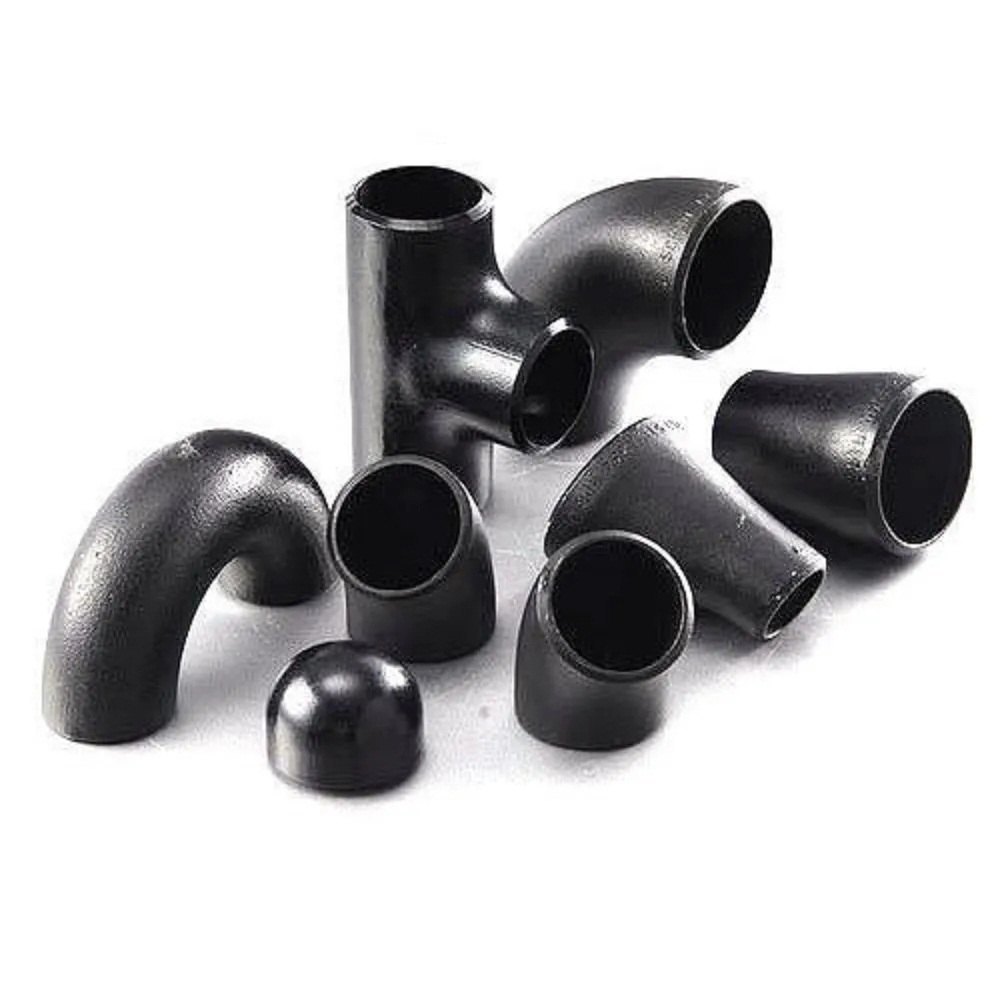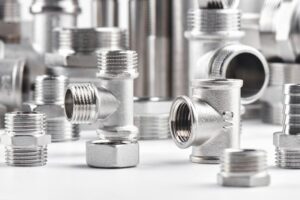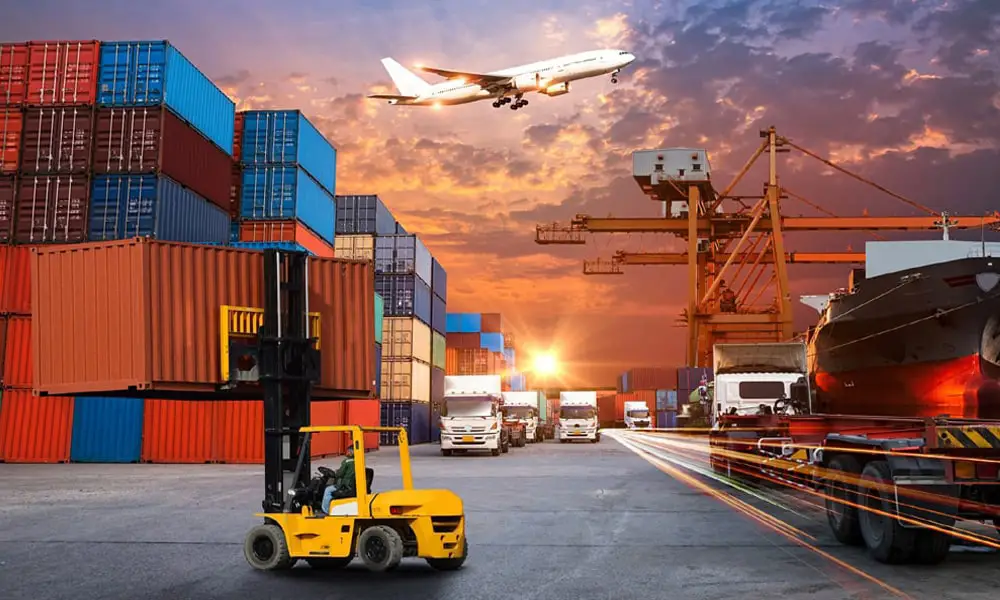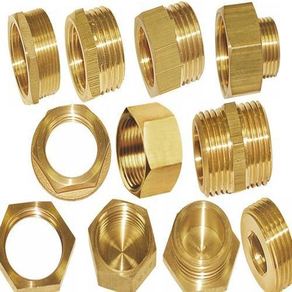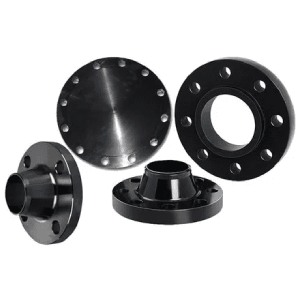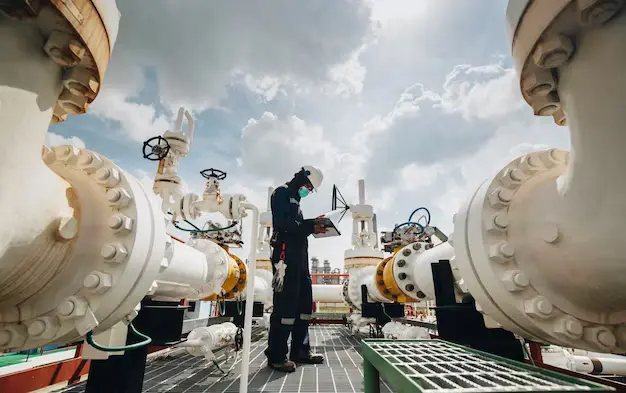The industrial sector in the UAE relies heavily on quality components for operational efficiency. Partnering with reputable valve suppliers in Oman becomes crucial for project success regarding fluid control systems. Oman has developed a robust industrial supply chain over the years, with numerous companies specializing in valve manufacturing and distribution.
Verifying Technical Specifications and Standards
When sourcing valves, engineers and procurement specialists must verify that products meet industry standards. Reputable valve suppliers provide comprehensive documentation, including material certificates, pressure ratings, and conformance to international standards.
Documentation verification serves as the first line of defense against counterfeit or substandard products. Ask suppliers for detailed technical datasheets and certification copies before finalizing orders. Many established suppliers maintain digital libraries of technical specifications for easy access and reference.
Evaluating Supplier Credentials and Experience
The track record of a supplier offers valuable insights into their reliability. Experienced valve suppliers typically have extensive portfolios of completed projects across different industries. Examining past client relationships and completed projects helps assess their capability to meet specific requirements.
A supplier’s longevity in the market often correlates with consistent performance and customer satisfaction. Suppliers with an industry presence of 10+ years have typically weathered market fluctuations and demonstrated business stability. Their established presence indicates adaptability to changing industry demands and technical specifications.
Assessing Manufacturing Capabilities
Manufacturing processes directly impact valve quality and performance. Modern Valve suppliers invest in advanced production facilities with precise machining, accurate casting, and comprehensive testing capabilities. Facility visits or virtual tours provide valuable insights into production standards.
Quality control measures implemented throughout the manufacturing process ensure consistent product performance. Ask potential suppliers about their inspection protocols, testing facilities, and quality management systems. Suppliers with certification demonstrate commitment to standardized quality management practices.
Importance of After-Sales Support
Valve procurement extends beyond the initial purchase. Reliable valve suppliers provide comprehensive after-sales support,, including installation guidance, maintenance assistance, and spare parts availability. Responsive technical support minimizes downtime when operational issues arise.
Service-level agreements outlining response times and support parameters protect buyers from unexpected disruptions. Suppliers with dedicated service teams and documented support procedures typically deliver more reliable post-purchase experiences than those focused solely on sales transactions.
Balancing Cost Considerations with Quality
While budget constraints remain important, procurement decisions based solely on the initial price often lead to higher long-term costs. Premium valve suppliers may charge more upfront but deliver greater value through extended product lifespan, reduced maintenance needs, and operational reliability.
Total cost of ownership calculations should include maintenance requirements, expected service life, and potential downtime costs. A marginally higher investment in quality valves typically yields substantial savings throughout the operational lifecycle.
Building Strategic Supplier Relationships
Developing long-term partnerships with selected valve suppliers in Oman creates mutual benefits beyond transactional purchases. Strategic relationships facilitate preferential pricing, priority delivery schedules, and customized solutions for specific applications.
Conclusion
Regular communication with valve suppliers about upcoming projects and changing requirements helps ensure resource availability when needed. Established relationships also provide valuable industry insights and early awareness of technological innovations that may benefit operations.
